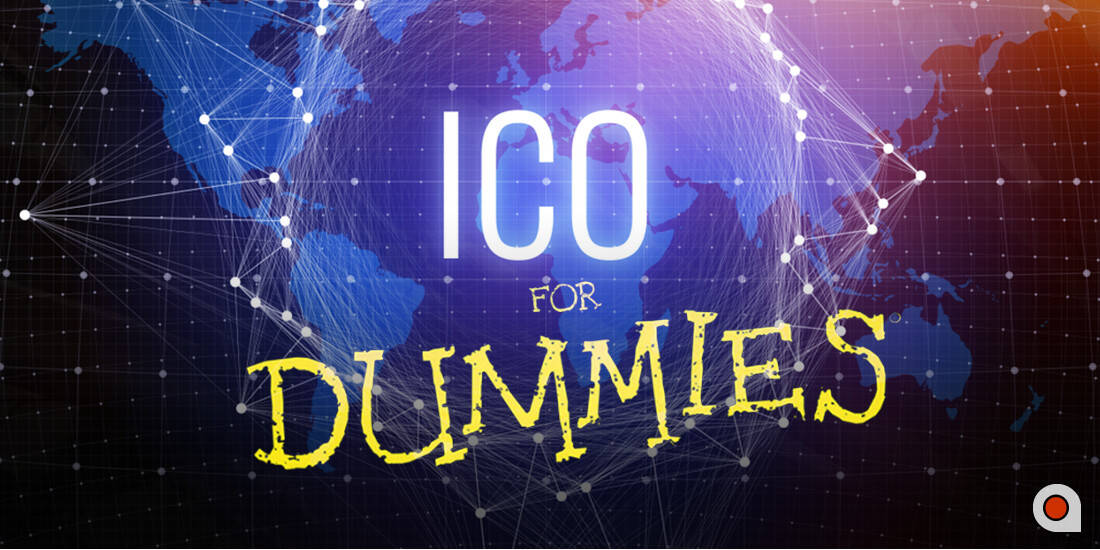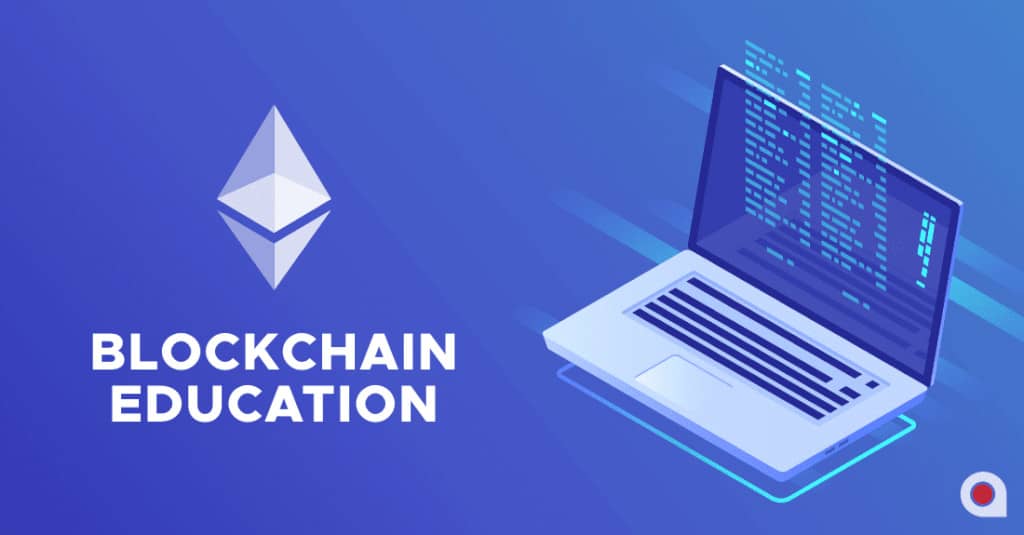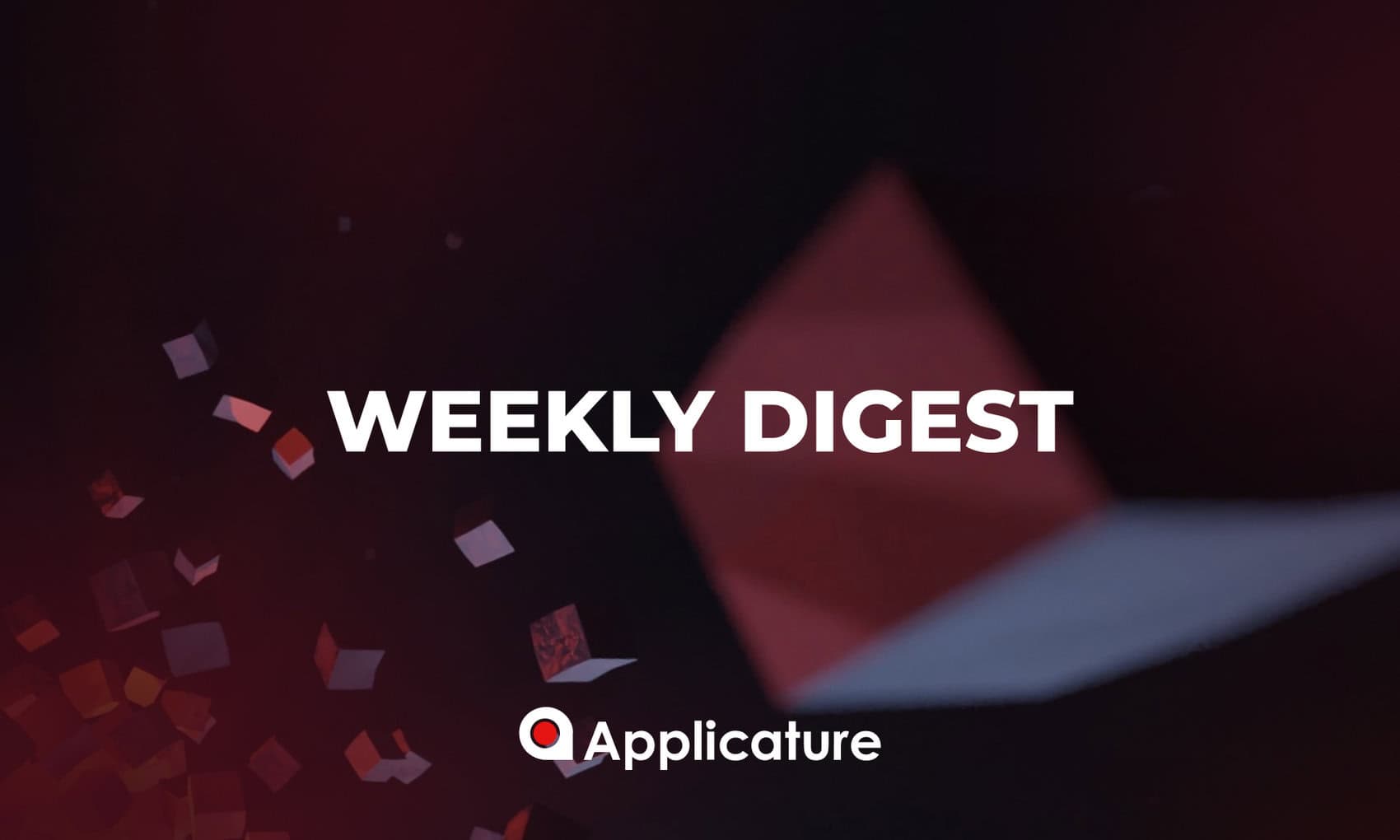
Disclaimer: Please be aware that this article is not investment advice, and was written for educational purposes only. If you are reading this because you are thinking of investing in an IDO, be sure to understand all of the risks before you allocate your capital.
A Guide to IDOs
To start off, an initial coin offering is defined by the following parameters: an IDO is an online crowdfunding event that relies upon cryptocurrency-related technology. The process typically lasts between a week and a few months.
❉❉❉
Because some IDO concepts are a bit technical, this article starts with a brief glossary of terms you need to understand in order to fully grasp the idea of an IDO.
The terms are presented in chronological order to give you a brief overview of key crypto-world concepts, how they interact, and what the role of an IDO is.
Additionally, definitions of words in bold are here to give you directions for further research, which is crucial in order to gain a deeper understanding of the subject.
We’ve also included some links pointing to various IDO topics.
Let us begin!
Bitcoin: The only word you think of when you hear the word ‘cryptocurrency.’ You can think of it as a decentralized network for sharing files, in this case the files have monetary value. Bitcoin can be defined as an electronic peer-to-peer cash system built using blockchain technology.
Blockchain: What Bitcoin relies upon. A digital ledger that uses cryptography to secure data. Hence, cryptocurrency. Blockchain use is not limited to Bitcoin. As a stand-alone technology, it powers many platforms, enabling decentralization and security.

Ethereum: Not just another cryptocurrency, but also a general-purpose blockchain-based environment that allows developers to build scores of different decentralized applications on its platform. To do anything on the Ethereum platform, you use Ether, the native cryptocurrency. If you build an app on the Ethereum platform, you would use a different currency native to the app itself: a token.

Tokens can be of two types:
- Utility tokens are a cryptocurrency in their native environment.
- Work tokens give you rights similar to those of a shareholder.
Smart Contract: What makes Ethereum unique is its ability to implement self-executing code. A smart contract is capable of executing automatic exchanges of anything of value once preset conditions have been satisfied.

Read more on smart contracts:
- HOW SMART CONTRACTS BLOCKCHAIN WORKS
- CREATE SMART CONTRACTS QUICKLY AND EASILY
- HOW SMART CONTRACTS SOLVE PROBLEMS: THROWING LIGHT ON USE CASES
Ethereum Request for Comments: ERC20, ERC223, and ERC777:
Ethereum token standards are listed chronologically with regards to token-feature improvements. Ethereum has its own set of token rules/functions for ease of regulation and execution.
Read more on ERC20 in ETHER TOKEN GUIDE: ERC20 TOKEN SMART CONTRACT AND ECONOMICS
Read more on ERC20 token storage: ERC20 COMPATIBLE WALLETS AND THEIR FORMS
Alternative cryptocurrency coins, altcoins, and coins: These terms all refer to coins that were developed using an open-source blockchain protocol similar to Bitcoin – the most popular and most widely-used coin. Since the inception of Bitcoin, countless other unique coins have been created using blockchain technology.

IDO Definition
During an initial coin offering, you are simply selling tokens that were pre-generated specifically for that project.
Suppose I have an idea to develop, but I have no funds. In the case of creating an IDO to raise funds, consider the following steps:
- Start by ideating and creating a token and announcing its planned sale in exchange for either cryptocurrency or fiat [dollars].
- You then advertise your business idea ahead of the launch of your coin.
- Once you’ve gotten sufficient public attention, you can also sell tokens.
- Once the token is adopted and understood by the general public, the company is funded and works to generate value and a positive ROI on the token.

Despite the fact that an IDO is an opportunity to buy a new cryptocurrency, it does not necessarily mean that you have to own cryptocurrency to be able to participate. Fiat [dollars] would still work, though you would have far more choices if you decided to purchase with Bitcoin or Ether.
Read more on fiat in the scope of IDOs: ACCEPTING FIAT DURING THE IDO
Initial Coin Offering vs. Initial Public Offering
We are going to compare IPOs and IDOs, since they share some similarities beyond their similar sounding labels.
An initial public offering – or IPO – is the process of a private company becoming public by offering shares of that company to the public. IPOs are backed by investment banks that list the shares on the stock exchange, allowing you to buy, sell and trade.
An initial coin offering – or IDO – is offered as a cryptocurrency rather than as a stock. An IDO facilitates transparent data transactions and no middlemen. The most significant value an IDO offers, however, is the ability to buy tokens directly from the seller at the very inception of the company, rather than in secondary markets like stock exchanges.
Does Buying Tokens Mean Buying Securities?
The short answer is: it depends! While the process of obtaining tokens is similar to purchasing securities, it does not necessarily mean that they work the same way.
Keep in mind, IDOs are still not regulated, and therefore carry much more risk – especially since you’re usually investing in an idea rather than a business that is already generating revenue.
THE BEST COUNTRIES FOR AN IDO LAUNCH will give you an overview of IDO regulation on the level of governments/countries.
Additionally, according to IDObench, IDO country statistics are as follows:

A quick tip: in 2018, the best IDO crypto-climate is Switzerland. Because life is not only about statistics.
Easy IDO: What Coins Can I Buy Directly?
Answer: Any of them! The number of alt-coins and IDO coins is growing by the day, in the absence of regulatory oversight, and Bitcoin’s success as the origin of cryptocurrency, blockchain, and decentralized systems.
In 2018, there are more than 1000 coins in existence, meaning that there already exists an ecosystem with its own rules, problems, requirements, and needs.
To better understand the gravity of what is being discussed, below is a visual representation of the cryptocurrency, with the highest-value coins showing up largest on the heatmap below*:

*Visual heatmap screenshot taken on April 2, 2018
Tokens In IDO
In the scenario of an IDO, a token is what you get for your investment, and what you can use as an access ticket to a certain environment/product/service. A token can represent anything that is tradeable: coins, awards, land, tables and/or chairs.
Generally, tokens can be split into 3 main categories:
- Currency tokens
They are linked to another existing currency, and act as money.
- Commodity tokens
This type of token can be compared to a voucher, option [like a stock option minus an expiration date], or receipt for services. Such tokens are issued by the platform providing the services, and can be traded just like any other goods.
- Equity tokens
These offer the right of ownership of a system, and can be further divided into:
ownership tokens: tokenized shares
revenue tokens: the right to receive dividends
governance tokens: the right to decision-making
To read more on top IDOs in different spheres:
- TOP IDOs in the Field of Artificial Intelligence
- Blockchain-Based Opportunities for Education: Top 3 EdTech IDOs
- Blockchain and Cryptocurrency Projects in Finance
According to Coinschedule, the money raised via IDO in 2017 went parabolic from the beginning of the year to year-end:

For IDO execution knowledge beyond ‘IDO For Dummies’ consider some of the following reading pieces:
- HOW TO FIND THE BEST IDO TEAM BEFORE LAUNCHING AN INITIAL COIN OFFERING
- HOW MUCH DOES IT COST TO DO AN IDO?
Below, we answer a few frequently asked questions:
If Tokens Are So Versatile, How Do I Know What Exactly a Particular Token Is?
Depending on the project, and the needs of the ecosystem, a token can serve many different purposes. To be able to know what exactly is being offered, one needs to study the company’s white paper, a document in which the project should be explained in vast detail.
The IDO White Paper
A white paper is a document where the theory behind a technology/project is provided in depth.
The white paper should provide you with the following information:
- the problem the project is attempting to solve
- a painstakingly detailed description of the solution offered
- technical details
- the use of tokens/token economics (VERY important)
- use cases and their descriptions
- project development timeline/roadmap
- the team behind the creation
You can find more information on the importance of the white paper in the article HOW TO WRITE A GOOD WHITE PAPER FOR YOUR IDO IN 10 STEPS
IDO Whitelist & KYC
If by now, you’re ready to invest in an IDO, just know that many require registration prior to the event. This information is found on what is called a whitelist. KYC refers to ‘Know Your Customer’ – the need to verify your identity, which sometimes requires you to scan and upload an identification document.

Closing Thoughts
IDOs have now been around for 5 years. Despite fears throughout 2017 of government regulation, 2018 IDO statistics speak volumes about the voracious appetite that still exists for new IDOs:
Nevertheless, now, in April 2018, IDO fundraising statistics speak louder than anything:

An IDO is still a quick and effective way to fundraise. It is a secure, fast, flexible, and transparent process that gives everyone a chance to invest. However, despite the rapidly growing market, there are still plenty of risks. Make sure to thoroughly analyze the business plan behind the IDO you’re looking to invest in, to make sure it’s a viable business opportunity and not wishful thinking.

 The Relationship Between the Google Ads Policy and Cryptocurrencies
The Relationship Between the Google Ads Policy and Cryptocurrencies
 Cardano ADA as a useful new payment system providing fast, safe, cheap transactions
Cardano ADA as a useful new payment system providing fast, safe, cheap transactions
 Bitcoin Investment Funds
Bitcoin Investment Funds
 Blockchain Education: a Should-Have or a Must-Have?
Blockchain Education: a Should-Have or a Must-Have?
